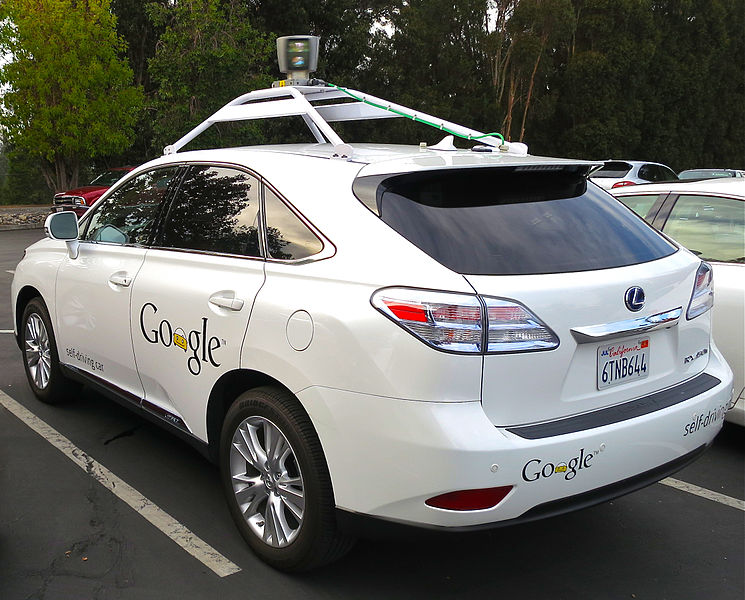 We have already heard of companies creating driverless cars, such as Google who has been testing their version for a number of years now. However, it seems as though they may become a reality sooner than we think, as next year Volvo is releasing one hundred autonomous cars onto Sweden’s roads. For many, the thought of driverless cars is difficult to comprehend, however motor traders need to get to grips with the idea in order to future-proof their companies. Here, we look at the driverless car phenomenon in more detail:
We have already heard of companies creating driverless cars, such as Google who has been testing their version for a number of years now. However, it seems as though they may become a reality sooner than we think, as next year Volvo is releasing one hundred autonomous cars onto Sweden’s roads. For many, the thought of driverless cars is difficult to comprehend, however motor traders need to get to grips with the idea in order to future-proof their companies. Here, we look at the driverless car phenomenon in more detail:
Why do we need Driverless Cars?
One of the main reasons that companies are investing in technology for driverless cars is to reduce the amount of road accidents. Many claim that the biggest reason accidents occur on the road is because of human error, such as being distracted, overly tired, or simply not being able to respond fast enough to what is happening around you. Driverless cars will be different: they will be able to monitor far more dangers than humans and can even ‘communicate’ with each other to make sure accidents don’t happen. They will also be able to monitor the speed of other cars around them and adjust theirs accordingly while remaining in the designated speed limit at all times. This would not only make the roads safer but also cut down on traffic and reduce the pressure placed upon health services and police.
What technology is Available?
Over the past few years cars have become increasingly advanced, meaning that we have already seen cars ‘control’ themselves without human interaction. Cruise control is one of the most common forms of this new technology, where drivers can choose a set speed, take their feet off the pedals and allow the car to cruise along. Some cars now also have features such as autonomous emergency stopping, which detects when something is coming too close to the car and automatically stops even if you fail to apply the brakes. The big difference with this technology compared to what is being suggested for the future is that drivers have the option to over-ride it or turn it off completely.
How will this affect Motor Traders?
There are a number of ways that autonomous cars will affect motor traders, with the main one being that they will have to get to grips with the new technology. As driverless cars will be controlled by a computer, mechanics will have to become more educated in computer programming and general IT skills, although we have seen this already happening over the past few years with the introduction of on-board computers. Another change is that car insurance and motor trade insurance premiums could decrease considerably, as with the risk of accidents becoming so low insurance companies will no longer need to pay out in order to fix vehicles. Those that work in the motor trade industry would therefore be likely to see more requests for vehicle maintenance than repairs, especially if accidents become so uncommon.
When will Driverless Cars be Available?
The simple answer to this is not for a number of years. Even though Volvo are planning on releasing one hundred cars into the public next year this is more of a test than anything else. Furthermore, Volvo’s vehicles still allow for drivers to take control should they wish, meaning it is more than likely we will see a slow transition towards driverless cars, where drivers will gradually have less and less control over time. Discussing their current project, President and CEO of the Volvo Car Group said: “Autonomous vehicles are an integrated part of Volvo Cars’ as well as the Swedish government’s vision of zero traffic fatalities. This public pilot represents an important step towards this goal. It will give us an insight into the technological challenges at the same time as we get valuable feedback from real customers driving on public roads.”
Even though it will be a long time until we see driverless cars on the UK’s roads, companies are working extremely hard to make sure they are ready when the technology is available. As a motor trader it is advised you do the same, so make sure you keep an eye on Volvo’s experiment and the GoMotorTrade blog!
